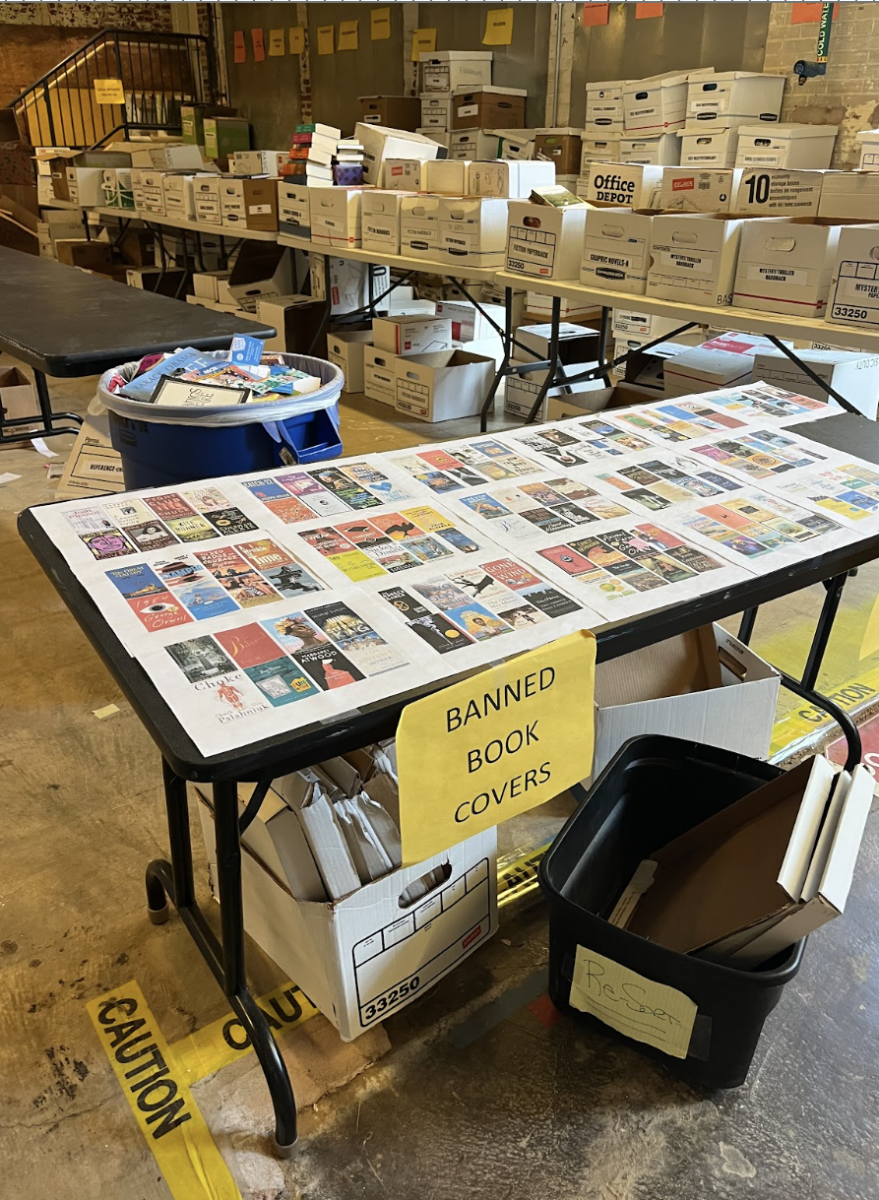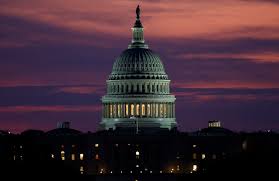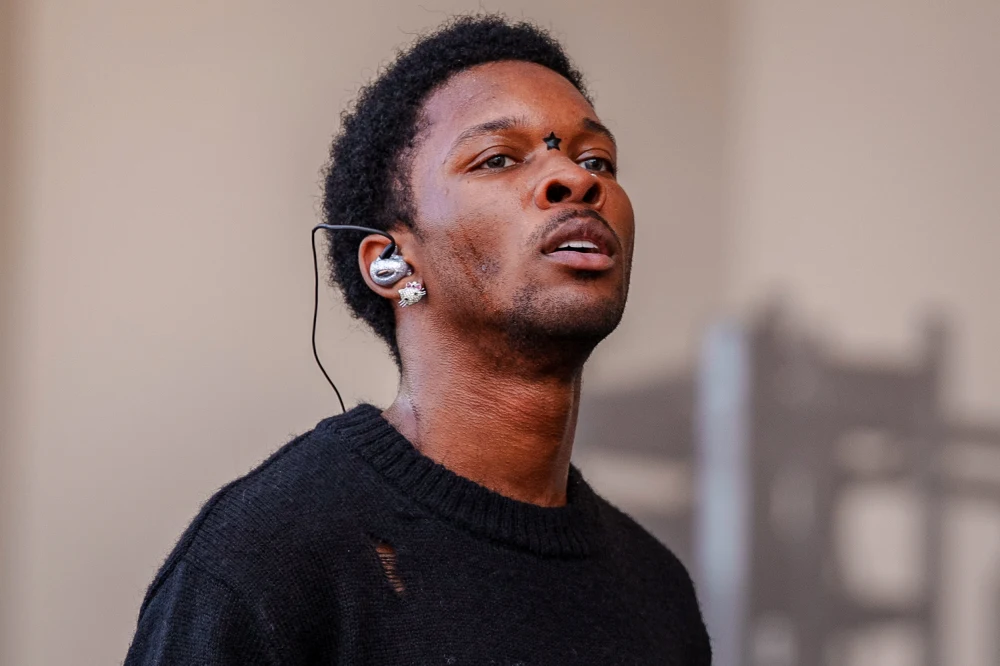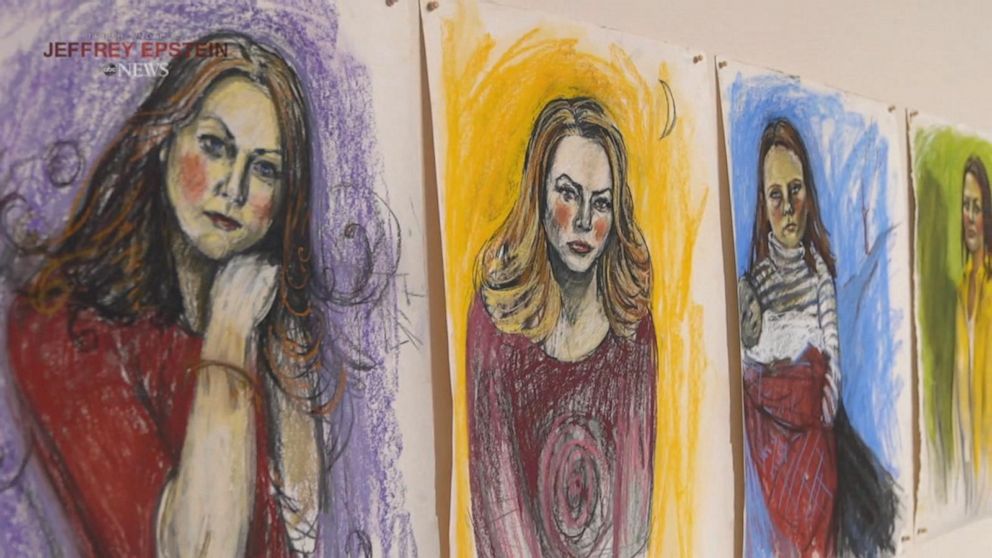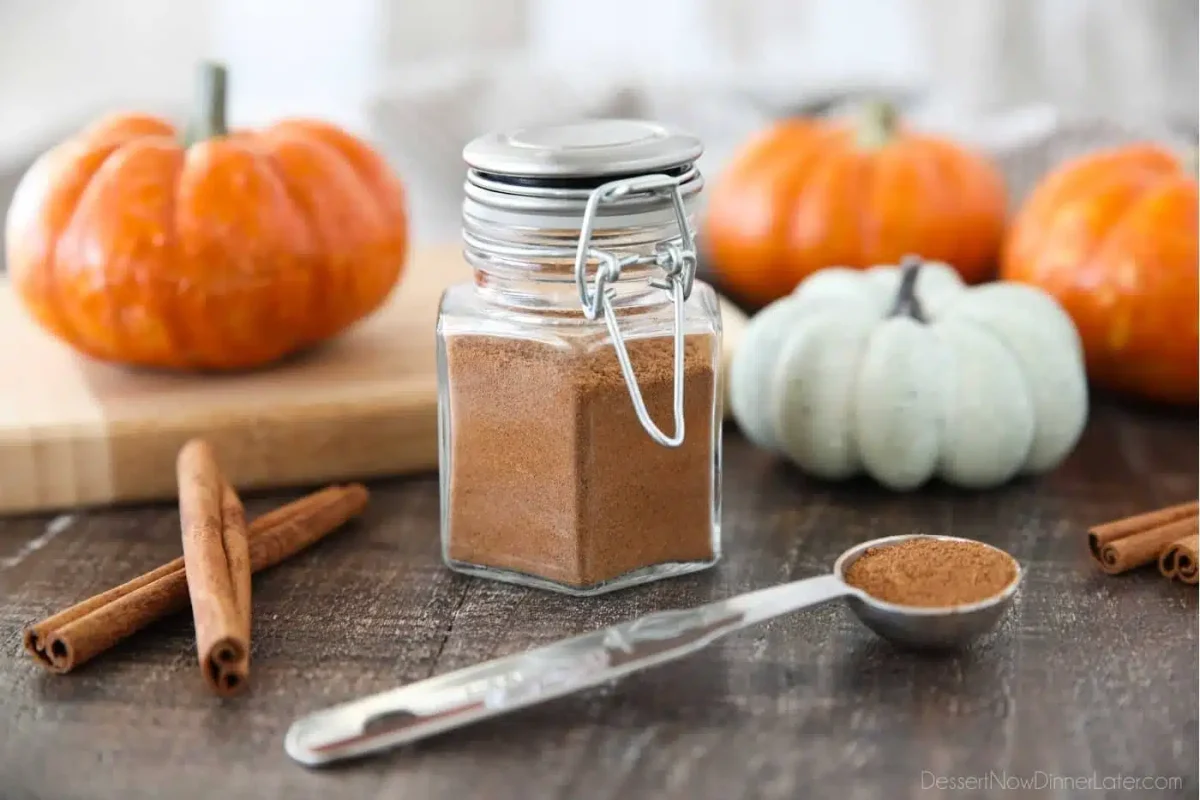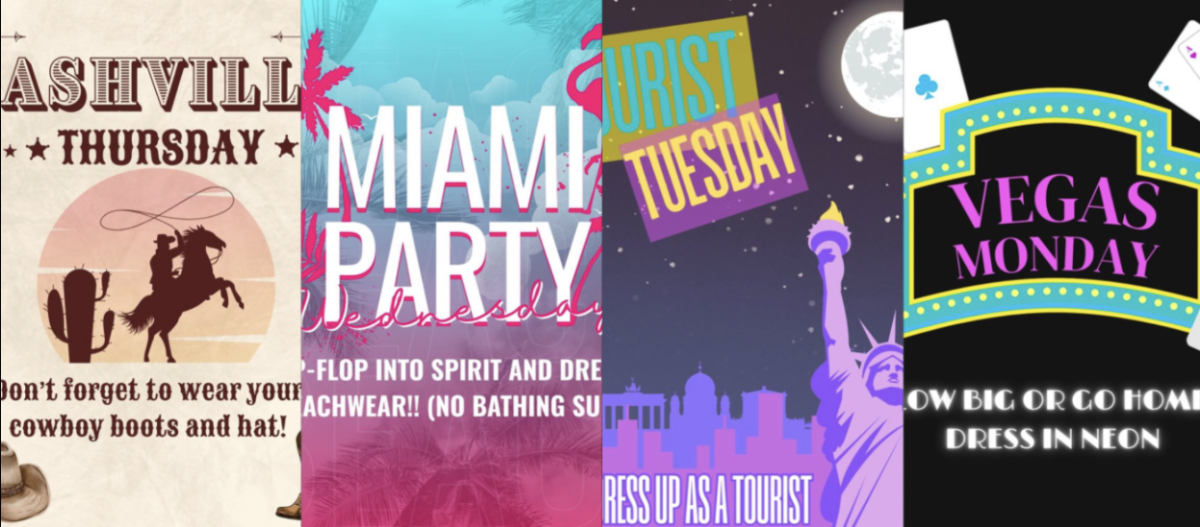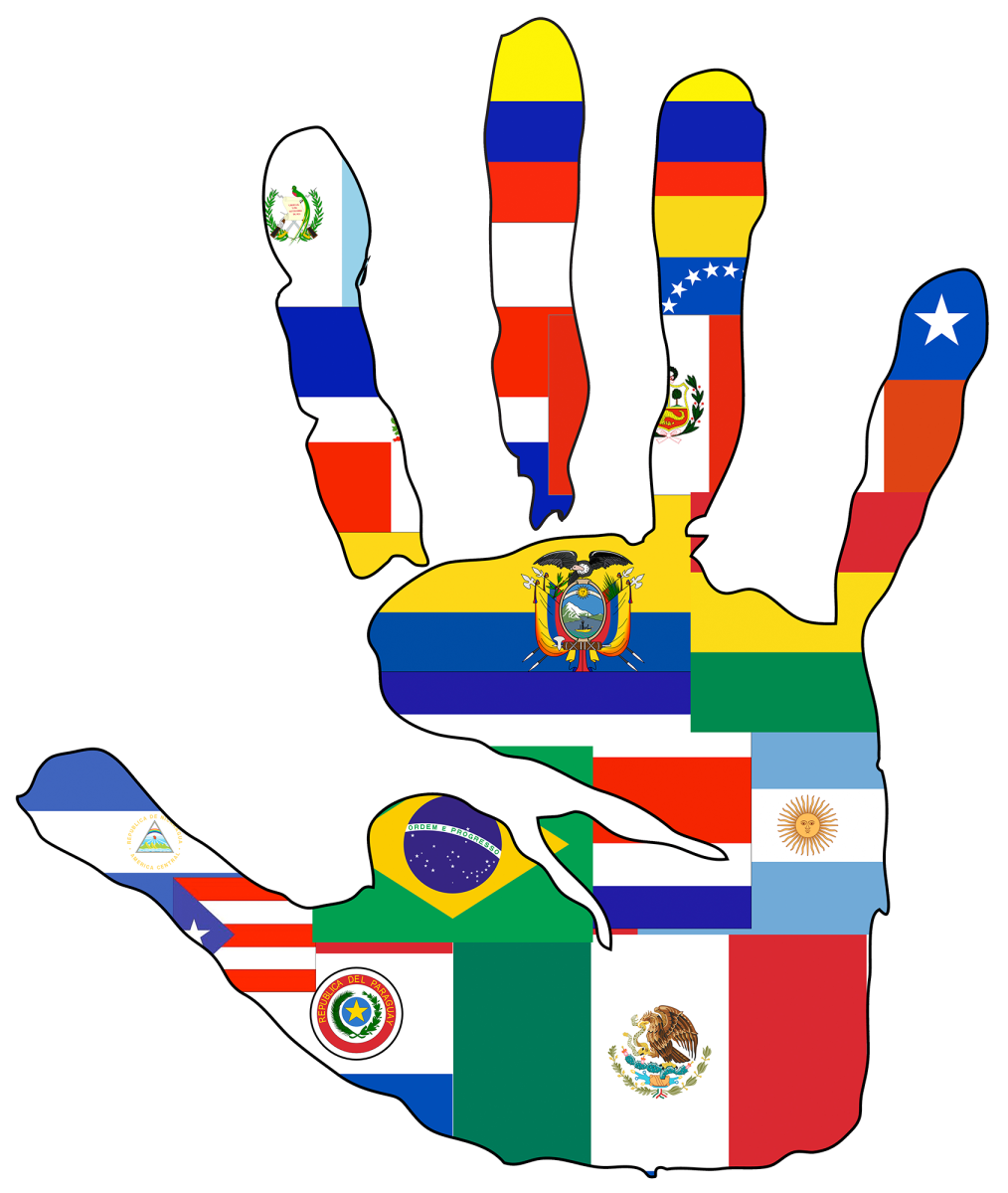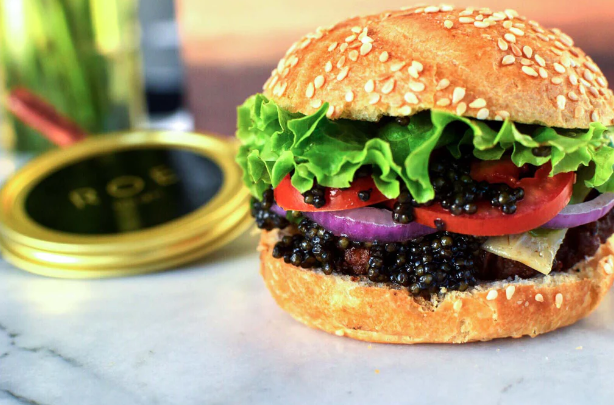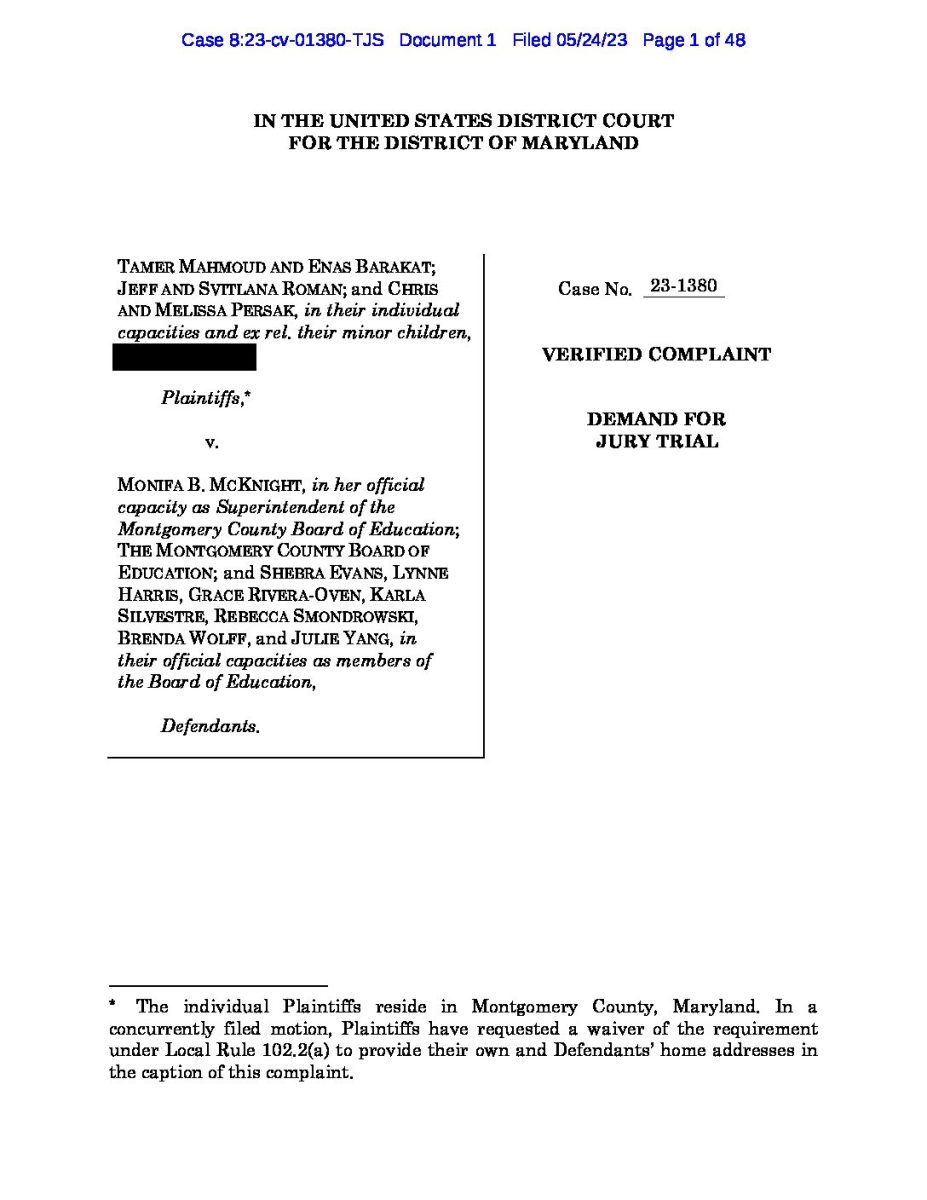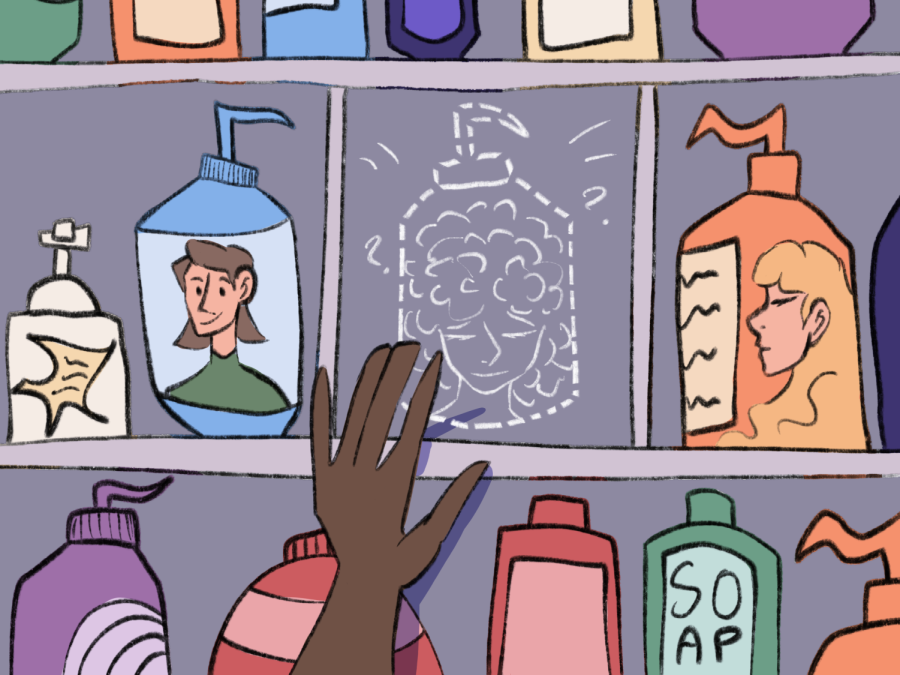Even Fewer Options For The Black Beauty Community
Accessibility concerns grow as products for people of color, who already face limited hair care options, further dwindle.
Alix Earle has had a turn in her popularity; the University of Miami student became a prominent social media influencer when her “get ready with me” videos went viral in days, amassing over 224 million likes. The millions of views secured a contract between Earle and well-known brands, such as Tarte, Rare Beauty, and White House Boutique.
Despite Earle’s original content being received positively, recently the influencer has come under fire for promoting a new makeup technique: contouring with the use of dark shades of concealer. While many comments praised her for her apparent innovation, as the video gained more traction, the tone of the comments changed drastically. Users began to angrily comment that their concealer shade was sold out thanks to Earle’s promotion of this new contouring technique. “Big thanks to Alix,” wrote one user. “The three darkest shades of my go-to concealer are completely sold out.”
The issue revolves around the reach of social media posts and how many things indirectly harm the Black community. Whether it’s completely inaccessible trends for darker-skinned people or viral hacks that wipe needed products off the shelves for Black people, isolation can be felt deep in the Black beauty community.
As the number of White influencers climbs exponentially, many feel put out. “Influencers growing their platform from Black products, yet not promoting it to the Black consumers, is alarming,” said B-CC senior Nuhamin Lemessa, adding that she worries that not enough people find this behavior problematic.
While it is true that some of these trends, such as the viral Mielle hair oil, give Black-owned businesses a chance to economically thrive, the sudden imbalance of supply and demand means the prices for these products increase as the number of available products declines.
In the case of the Mielle oil, many stores changed the original drop price of the $6 hair oil to over $12 after the videos went viral on TikTok. More than two months after the oil first went viral, prices remain high, barely dipping under $12. This presents accessibility concerns as products for people of color, who already face limited hair care options, further dwindle.
Some find the products themselves to be problematic. “It’s upsetting only seeing brighter shades [of products], but it’s considered the darkest ones for the brand,” said B-CC senior Halle Darko, highlighting the lack of representation of darker skin tones within the beauty industry.
Tarte Cosmetics’ recent re-release of its collection of shape tape concealers reflects this problem. Despite their attempt to rebrand the concealer, it still lacked options for darker skin colors. It is no different with hair products. In the Target aisle of hair care products, the natural hair care section takes up less than half of one side of the aisle and holds a small range of different companies. Whereas hundreds of companies, such as Pantene or Garnier, are featured in the rest of the section for customers that typically have straighter hair.
“It’s not fair,” said B-CC senior Aden Besefat, adding that “people of color already have such a small space in the store aisle for skin or hair care,” a phenomenon that extends beyond the physical aisle.
Nina Allen, a B-CC senior, serves as the Co-Director for The Tattler's Communications Team and a contributing writer who specializes in Features. You can...
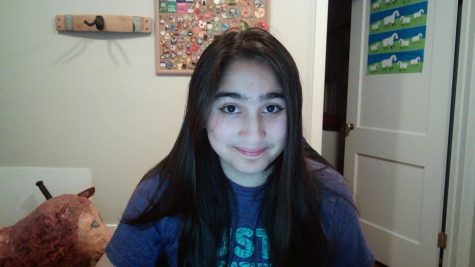
Claire Wang, a B-CC senior, serves as the Co-Director for The Tattler's Art Team and a contributing writer. She also has two dogs and two cats.


